Introducing Michigan insects in the garden
Thirteen weeks of facts about lesser known insects in the garden and a survey about milkweed insects.

Michigan gardeners often notice interesting insect visitors when tending their plants. Insects pass through our gardens in search of a drink of nectar, a patch of soil to start a nest, a leaf to rest upon or a plant where they wait and stalk their next meal. More common insects including bumble bees, lady beetles and aphids are well known and elicit interest or disinterest depending on their impact on plant health. The consumer horticulture team at Michigan State University Extension regularly fields questions about unusual and less common plant visitors.
Michigan has thousands of insect species, most of which do not threaten plants. In 13-week series, “Michigan insects in the garden,” we will introduce Michiganders to insect groups that are likely present in or near their gardens. Identifying an insect is the first step to determine if its presence requires any action. Rather than the destroy first, ask later approach, we hope to impart a greater appreciation for the insects that use gardens as habitats or waystations to their next destination.
Week 1: Milkweeds: Not just for the monarchs
As its name implies, common milkweed (Asclepias syriaca) is the milkweed species that gardeners most readily associate with milkweeds. However, there are 11 other species of milkweed plants native to Michigan. Each of these is a potential egglaying site and resource for the well-known monarch caterpillar (Photo 1). But milkweeds provide a home for several other specialist insect species whose life cycles are dependent on milkweeds for development.
Large milkweed bug, Oncopeltus fasciatus (Photo 2), and red milkweed beetle, Tetraopes tetrophthalmus (Photo 3) are also found on milkweeds. Large milkweed bugs consume the seeds of several milkweed species, and adults and larvae are often found aggregating on the plant (Photo 4). They do not overwinter in Michigan and migrate annually from warmer, southern states, producing one or two generations before spending winter elsewhere.
Red milkweed beetle eats leaves, flowers and buds, and only a few individuals gather on a single plant. Milkweed beetles lay eggs near the base of the plant and hatched larvae chew on roots. Though both milkweed specialists are commonly associated with common milkweed, fewer records exist of their feeding on other milkweed species. At least one other species of milkweed beetle, the blackened milkweed beetle (Tetraopes melanurus, Photo 5) is found in Michigan and most frequently is associated with butterfly milkweed (Asclepias tuberosa).
Why might insects specialize feeding on a plant that is toxic? Each of the milkweed specialists sequester the toxins from milkweeds, meaning they accumulate them in a way that does not cause internal damage. The black and orange or red colors on milkweed bugs and beetles serve as a warning to predators. Birds or larger insects that feed on a milkweed specialist will be harmed by the sequestered toxins.
Though it may be concerning to watch an herbivore feed on milkweeds, all of the specialist species are native to the region and only cause minimal to moderate damage to plants. Before you think about removing a milkweed bug or beetle from a plant or killing them, consider this: Would you kill a monarch caterpillar? Having any of the milkweed specialists is a positive sign that the area has enough milkweeds to support populations of a unique insect group that only uses a single plant genus for its life cycle.
The milkweed specialists
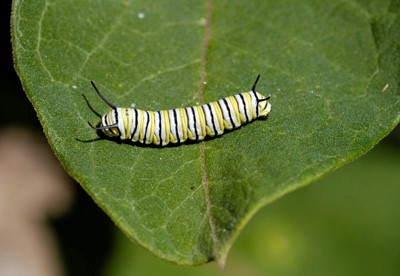
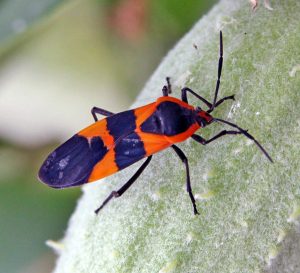


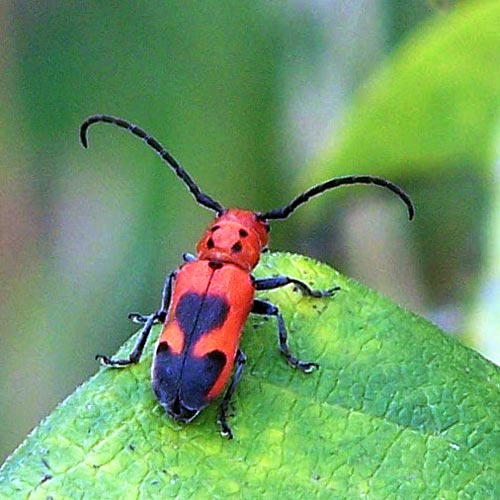
A citizen science project to track milkweed specialists in Michigan
In summer 2020, Michigan State University Extension is initiating the summer milkweed search, a project to document milkweeds and their specialist insects across the state. We are interested in the public’s help to estimate population sizes for specialist insects of milkweed. Anyone is welcome to participate in the project by reporting milkweeds in their own gardens or public spaces and any milkweed specialist visitors. Participating in this project will involve the following steps:
- Record the total number and type of milkweed plants in a home garden or public space.
- Scan milkweed plants for 1 minute in search of three milkweed specialist insects.
- Report data on milkweeds and specialist insects using the following online survey.
Local-level data can inform gardeners and municipalities of existing successes in providing suitable habitat and the need to plant additional milkweeds. Knowing when and where these specialist insects are found will provide baseline information on the population sizes of each insect.
If you are interested in supporting monarchs and other milkweed specialists, multiple resources exist on how to plant milkweeds. During fall, the summer milkweed search team will identify and summarize the results about milkweed populations and the number of milkweed specialist insects in different regions of Michigan.
The milkweed plants for the summer milkweed search
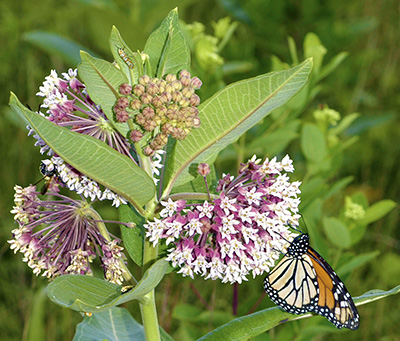

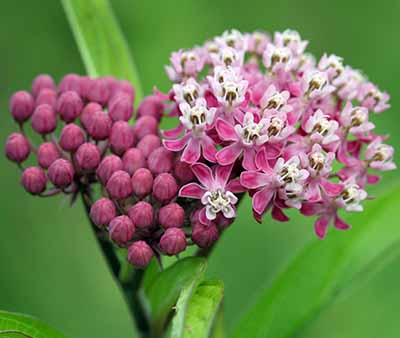
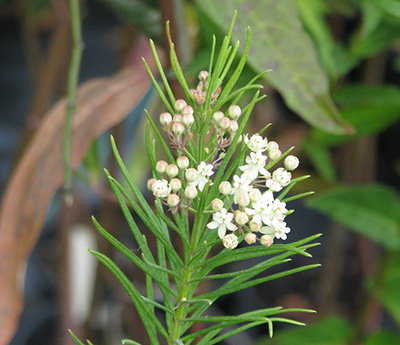

Additional reading on milkweeds and specialist insects
- Bloom times, heights and soil types suitable for milkweeds from the University of Wisconsin-Madison Extension
- Common insects on milkweeds from the University of Wisconsin-Madison Extension
- Red milkweed beetle life cycle from the University of Wisconsin-Milwaukee



 Print
Print Email
Email










